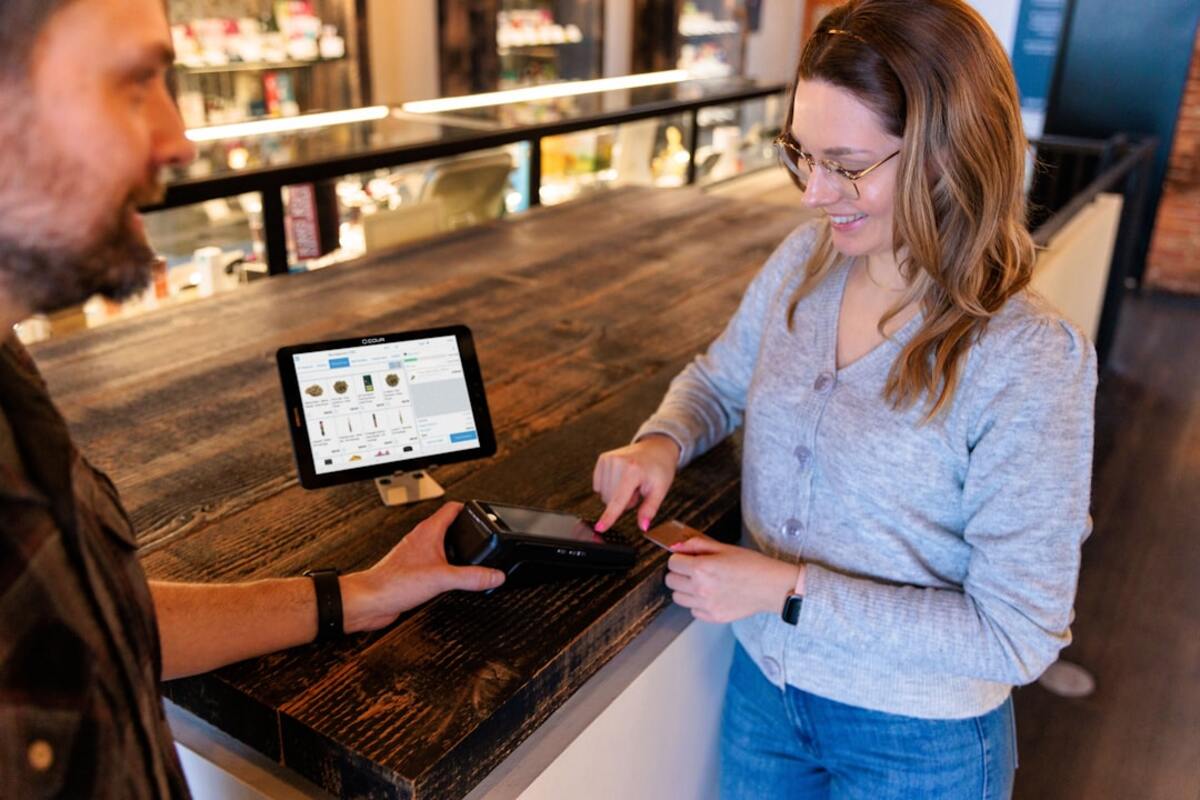The Rise of Micro-Experiences in Customer Engagement
Explore how micro-experiences are revolutionizing customer engagement and driving business growth in an ever-evolving digital landscape.

- Micro-experiences enhance personalized customer engagement.
- They promote brand loyalty and customer retention.
- These experiences leverage technology for impactful interactions.
Understanding Micro-Experiences
In today's fast-paced digital world, customer expectations are soaring. Consumers no longer settle for generic interactions; they crave personalization and immediacy. Enter micro-experiences—a concept that's capturing the attention of marketers and business strategists alike. But what exactly are micro-experiences?
Micro-experiences are small, yet powerful interactions that occur at various touchpoints throughout the customer journey. They are designed to provide value and foster meaningful connections with the brand. Unlike traditional customer experience strategies that focus on the entire journey, micro-experiences zoom into specific moments, creating memorable and engaging interactions that leave a lasting impression.
An example of a successful micro-experience can be seen in the world of e-commerce. Imagine a scenario where a customer abandons their shopping cart. An automated, personalized email offering a discount on the abandoned items could serve as a micro-experience, nudging the customer back towards completing their purchase. This seemingly minor interaction can significantly impact conversion rates and customer satisfaction.
The Role of Technology
Technology serves as the backbone of effective micro-experiences. With the rise of AI and machine learning, businesses can analyze vast amounts of data to understand customer behavior and preferences. This insight is crucial for crafting tailored micro-experiences that resonate with individual consumers.
Consider an application of AI-driven micro-experiences in a retail setting. A customer enters a store and receives a push notification highlighting a flash sale on products they've previously shown interest in. This real-time interaction is not only relevant but also enhances the shopping experience, encouraging immediate engagement and boosting sales.
Moreover, the use of chatbots and virtual assistants further exemplifies the integration of technology in micro-experiences. These tools provide instant support and personalized recommendations, transforming routine customer service interactions into valuable engagement opportunities.
Strategic Implementation
- Identify Key Touchpoints: Determine where in the customer journey micro-experiences will have the most impact.
- Leverage Data Analytics: Use customer data to tailor micro-experiences for maximum relevance and engagement.
- Utilize Technology: Implement the latest technologies, like AI and chatbot integrations, to deliver seamless micro-experiences.
Successful implementation of micro-experiences requires a deep understanding of the customer journey and an agile approach to innovation. Businesses should start by identifying key touchpoints where these interactions will have the most significant impact. Data analytics play a vital role here, enabling companies to craft personalized experiences that resonate with their audience.
Furthermore, collaboration across departments is crucial. Marketing, sales, and customer service teams need to work in tandem to ensure consistent messaging and a cohesive strategy. As companies embrace micro-experiences, they are likely to see an increase in customer satisfaction, brand loyalty, and ultimately, business growth.
